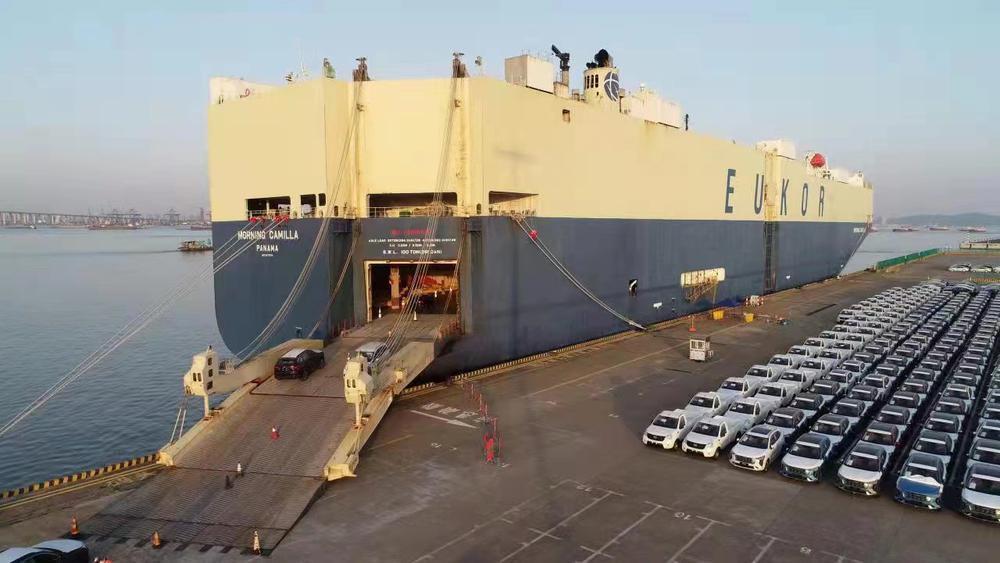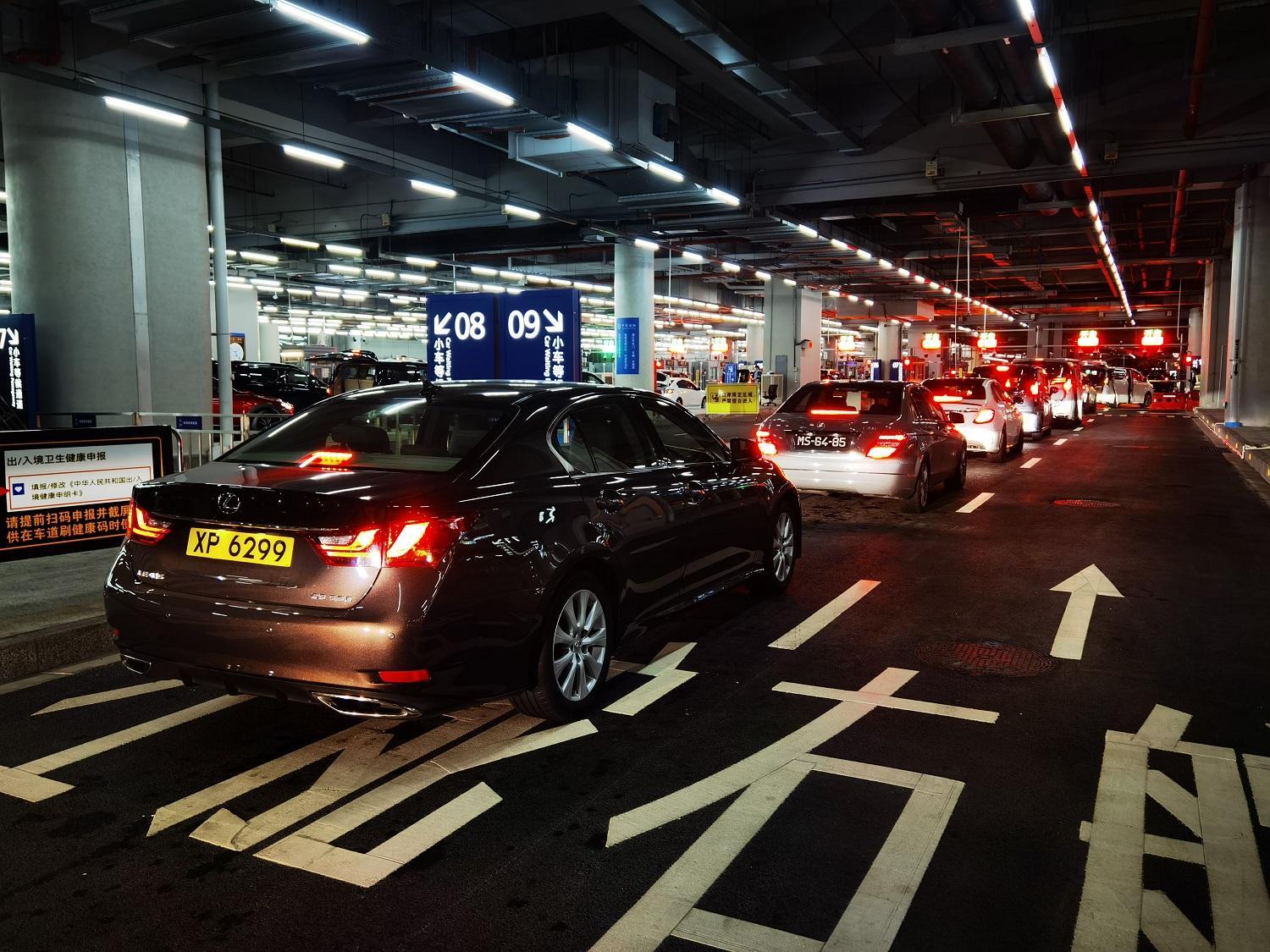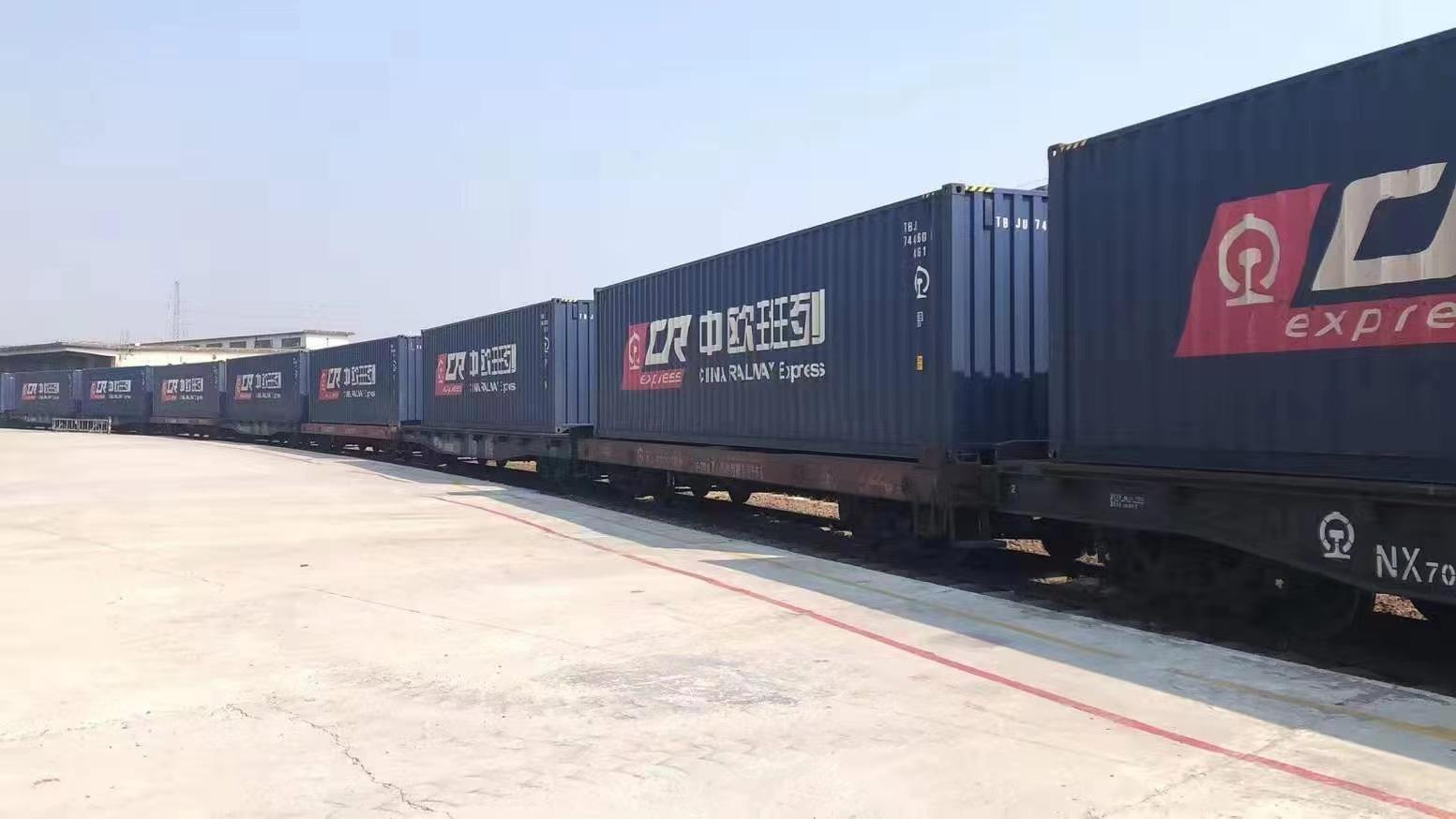Between January and May of this year, Guangdong exported 77,000 vehicles with a total export value of 10.87 billion yuan, showing a threefold increase year-on-year and demonstrating a strong upward trend.

The push to export cars overseas is beneficial for stabilizing foreign trade, expanding exports, and driving the development of the automobile industry. As the "arteries" of the industry, the logistics channels for automobiles play a vital role.
In recent years, Guangdong has attached great importance to issues such as insufficient international shipping routes and limited destinations and has implemented targeted support policies, including concrete measures to support shipping routes and export infrastructure, with the aim of promoting the creation of new and denser international shipping routes. Guangzhou, Shenzhen, and Zhuhai have also introduced corresponding support policies. The results have been impressive, with Guangzhou and Shenzhen adding more than 15 new international shipping routes this year, including roll-on/roll-off services to Hong Kong and Macao.

As a major supplement to export transportation channels, the China-Europe Railway Express is also highly favored by automobile export companies. The reason falls heavily on convenience, as the China-Europe Railway Express significantly reduces transportation time compared to shipping, taking less than half the time for goods transportation. Currently, there are six stations in Guangdong for the China-Europe Railway Express, two of which already handle the automobile export business.

In addition to adding or expanding shipping routes and expanding the China-Europe Railway Express, Guangdong is also promoting the construction of automobile export ports to create a base for automobile exports in South China by vigorously supporting the reconstruction, expansion, and construction of export terminals.
The Xiaomo International Logistics Port, situated in the Shenshan Special Cooperation Zone, was completed earlier this year and designed specifically for automobile exports. Currently boasting a capacity to support the export of 300,000 vehicles per year, the Port is set to commence its second phase soon and is anticipated to reach completion by 2026. Upon the conclusion of the second phase, the Port's annual capacity for automobile exports is projected to increase to one million vehicles.
广东汽车出口迎来高速增长
今年以来,广东省汽车出口迎来高速增长。1-5月,广东汽车出口7.7万辆,出口金额108.7亿元,同比增长3倍,呈现出强劲的发展态势。
推动汽车“出海”,有利于稳外贸、扩出口,带动汽车产业发展。汽车物流渠道,作为汽车物流的“血管”发挥着重要的作用。
近年来,广东省对于国际海运航线不足、目的地少等问题十分重视,出台了有针对性的扶持政策,包括在航线、出口基础设施方面都有实打实的扶持措施,目的就是推动新增和加密国际海运航线。广州、深圳、珠海各个地市也出台了相应的扶持政策。从效果来看,今年广州、深圳两市新增的国际航运航线已经超过15条,也包括港澳滚装驳船航线。
作为出口运输渠道的一大补充,中欧班列在汽车出口企业中也备受青睐。其中一大原因便是便捷,中欧班列在货物运输上比航运要压缩一半以上的时间。据介绍,目前广东中欧班列共有6个站点,其中已进行汽车出口业务的有2个站点。
除了新增或者加密航线、拓展中欧班列这些方式外,广东也在推进建设汽车出口口岸,通过大力支持改建、扩建、新建出口码头,打造辐射华南地区的汽车出口基地。
位于深汕特别合作区的小漠国际物流港码头今年年初刚刚验收,该码头就是专门打造的汽车出口码头,目前每年可以配套保障汽车出口30万辆。如今,二期工程也即将开工,预计于2026年建成。在二期工程建成之后,该码头每年汽车出口保障能力能提升到100万辆一年。
文|羊城晚报全媒体记者 孙绮曼
翻译|陈萱
责编|王瑜瑛
校对|马曼婷









